For 5,000 years, Stonehenge in Wiltshire held its claim as the world's "only stone circle monument." With its towering stones arranged in a lintelled circle, it remains one of the most famous prehistoric landmarks, drawing millions of visitors annually. However, in 2007, archaeologist Mark Holley made a discovery that challenged this "only" status. During a routine examination of a lakebed near Traverse City in Lake Michigan, Holley found a mysterious stone formation resembling a miniature Stonehenge, nearly 10,000 years old, according to The Mirror.
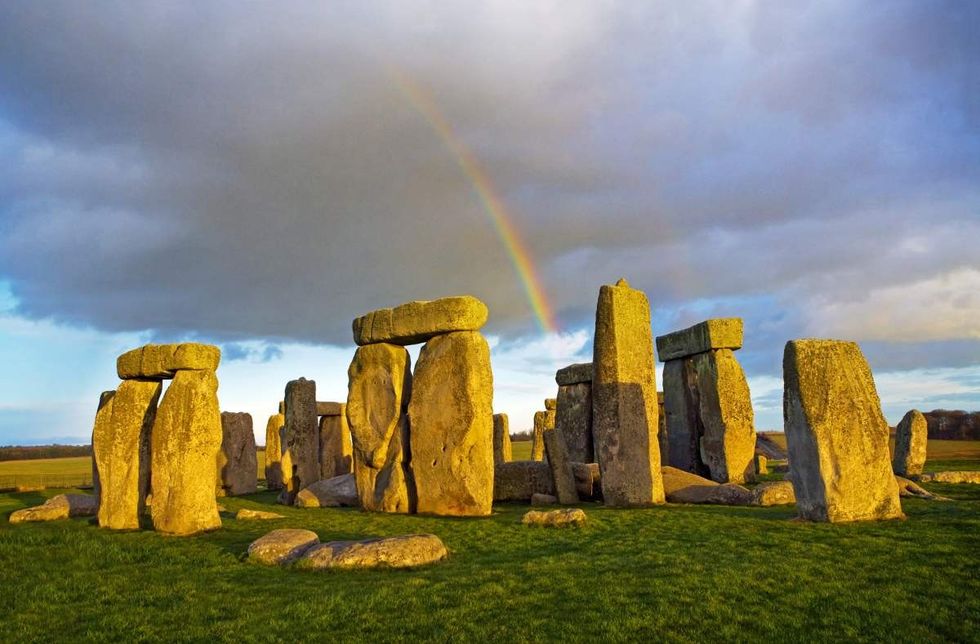
Holley, a professor of underwater archaeology at Northwestern Michigan College, has over two decades of experience exploring the Great Lakes. His team made the unexpected discovery of this underwater Stonehenge while searching for shipwrecks and ancient artifacts. The find took them by surprise, leaving them unsure of what exactly it was or how it had been constructed.
The famous Stonehenge on land is considered a megalithic structure with massive stone pillars. Legend has it that it was created by a wizard Merlin who transferred the gigantic stones on the site and other giants arranged them in a circular formation. But as far as the underwater stonehenge is concerned, the stones seem to be arranged in a manner that suggests that they were intentionally placed by humans rather than by natural phenomenon, according to a Medium article by TimeTrails.
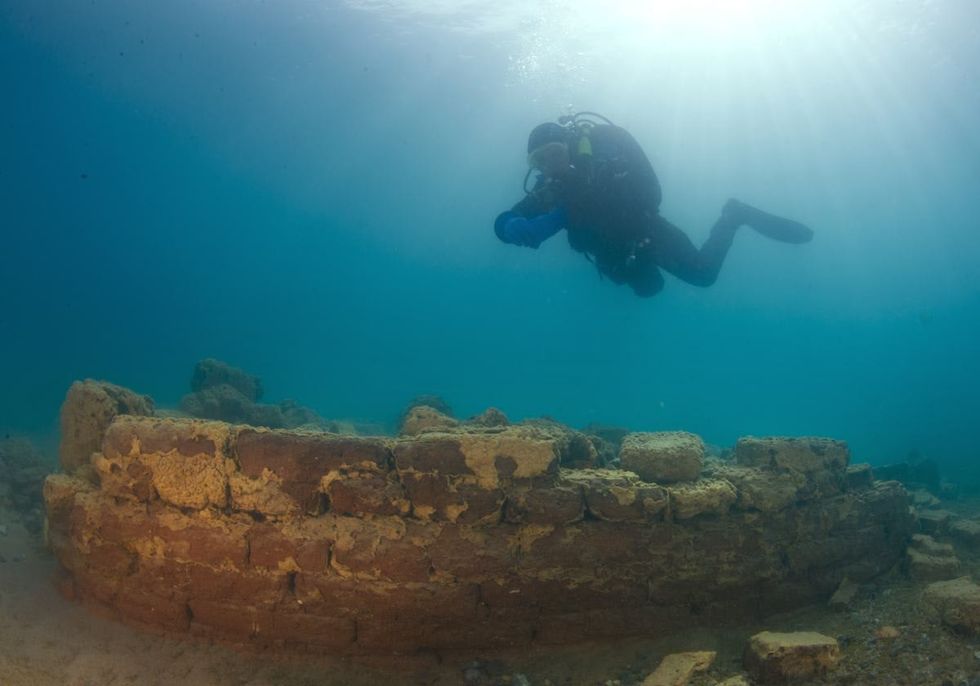
After further investigation, the team found that the stones in this underwater Stonehenge are made in granite, weigh around 1,360 kilograms, and are approximately 10,000 years old, which makes this one of the oldest stone structures in North America, even older than the Stonehenge in England. Holley believed that ancient communities were based in the exact same spot where the stone structure is, per The Mirror. “It would've been a wonderful place for people to live – near the coastline, close to resources, transportation's easy.”
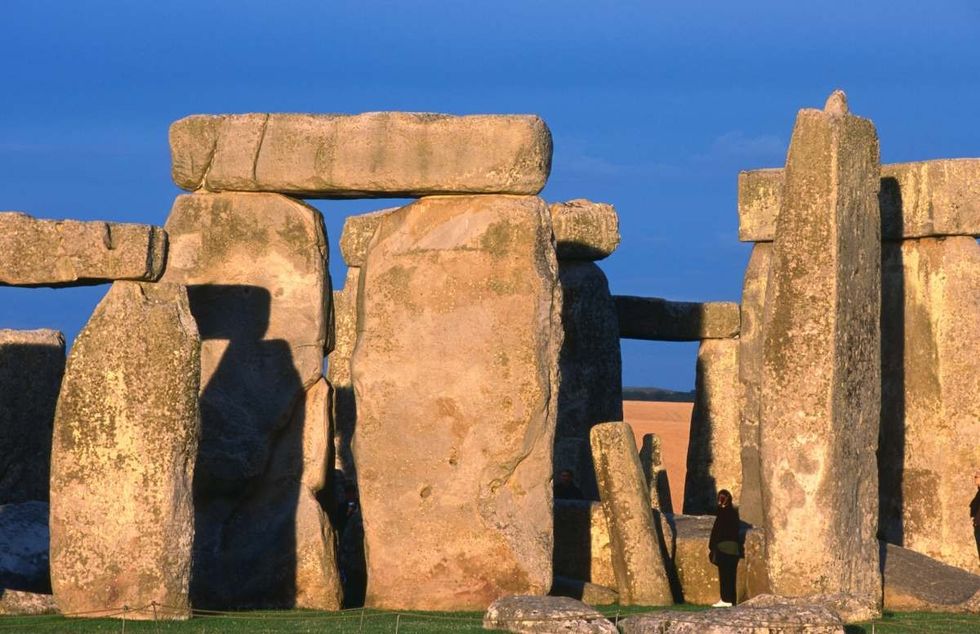
Sharing his thoughts on this unusual Stonehenge, scientist Rob Nelson said in an episode of DiscoveryUK, “Whilst they do seem to form a perfect geometric shape, they aren't stacked or connected in the same way.” He also added, "And while there is evidence that prehistoric tribes roam to the Great Lakes for thousands of years, very little is known about them." Speaking with Nelson, a man named Hank, who belongs to the Anishinaabe tribe said they consider these stones as sacred, “[In Anishinaabe culture], we refer to stones as animate objects because they come from the mother, the Earth, who is alive." Archaeologists believe that the stone circle got submerged in the waters after melting glaciers raised the water levels and flooded this patch of land forming the Great Lakes.
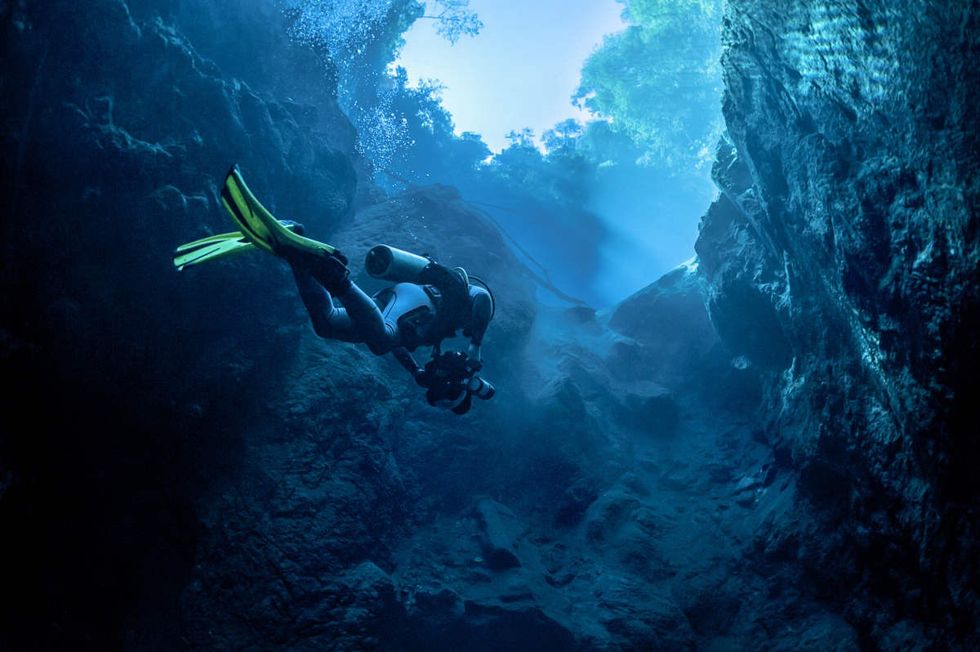
According to the Medium article, archaeologists have also noticed carvings etched on some of the stones of this underwater Stonehenge. These carvings include images of mastodons, which were elephant-like mammals that lived 11,700 to 2.6 million years ago. The discovery of these mastodon illustrations suggests that the humans who created this underwater stonehenge probably had some knowledge about these animals, or perhaps they even hunted them. However, the details about who laid these stones in the first place is not yet confirmed.





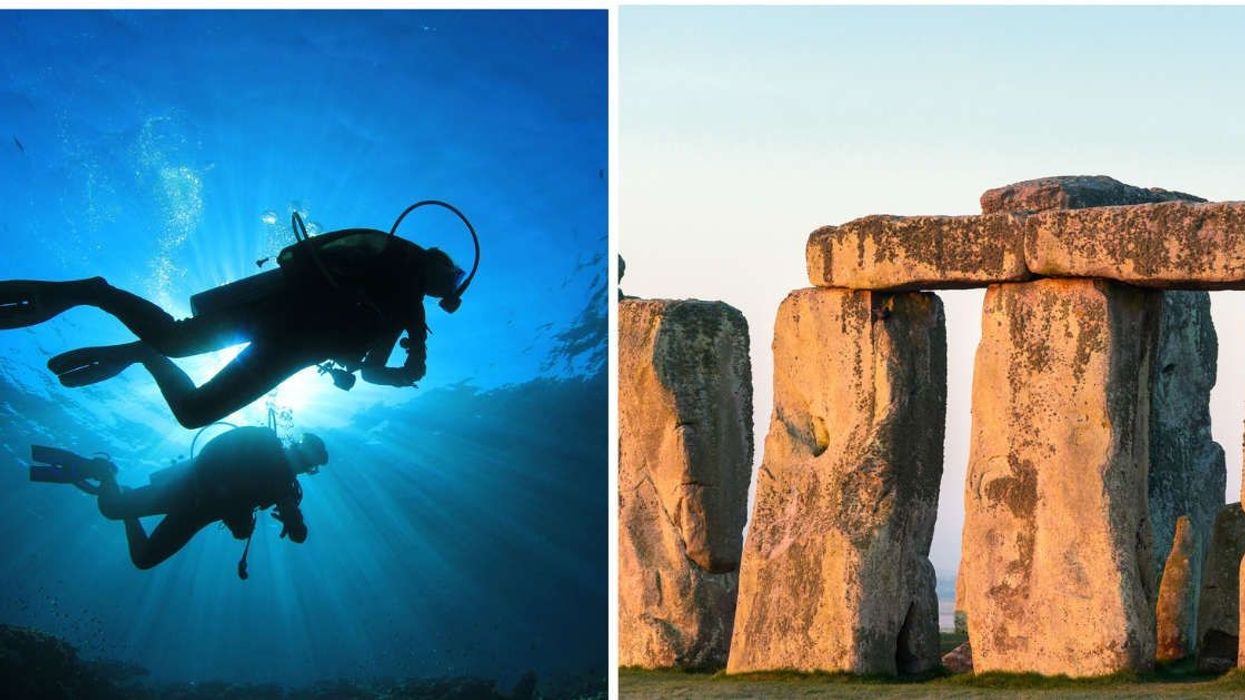











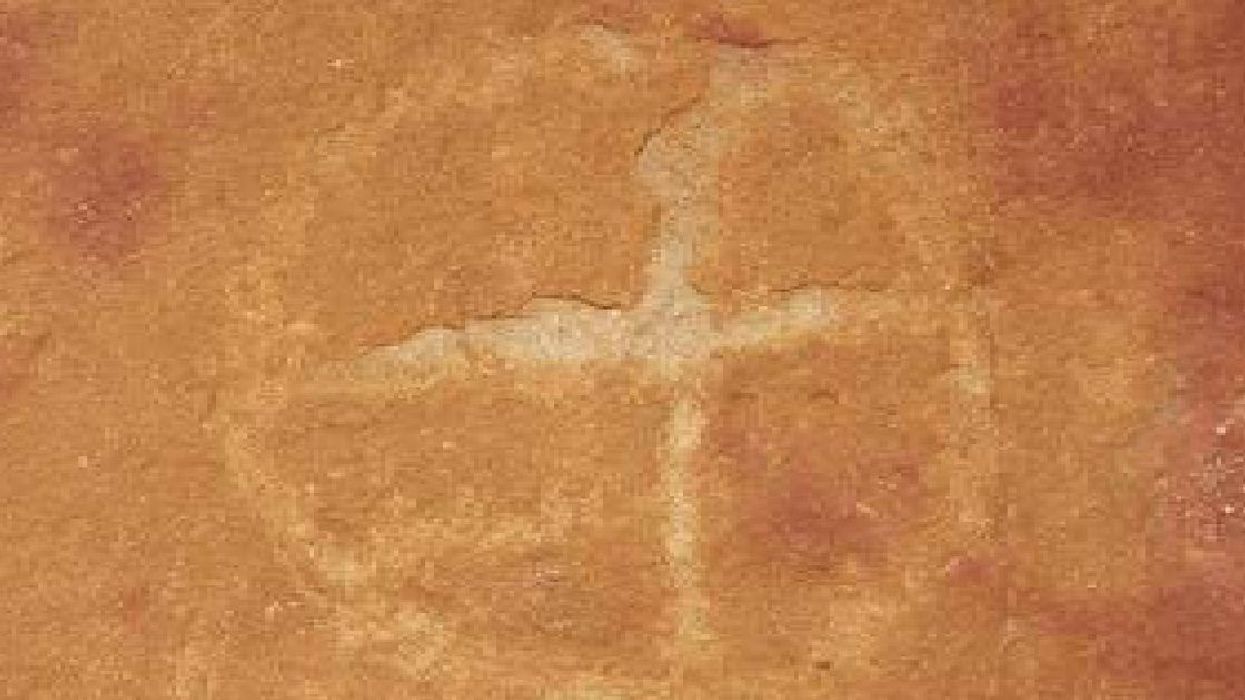
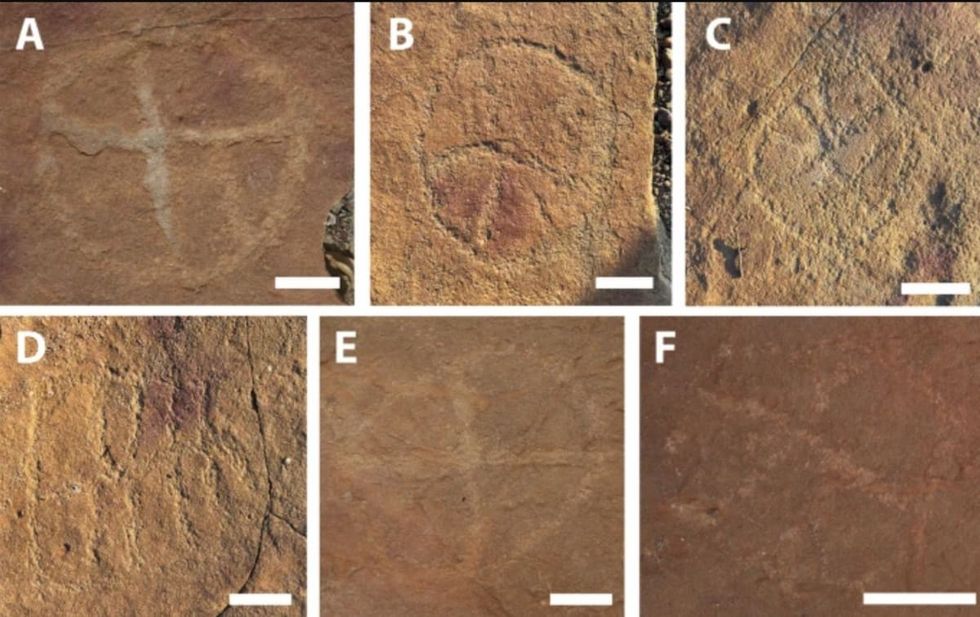 Image frmo Scientific Reports of ancient artwork. Image Source:
Image frmo Scientific Reports of ancient artwork. Image Source: 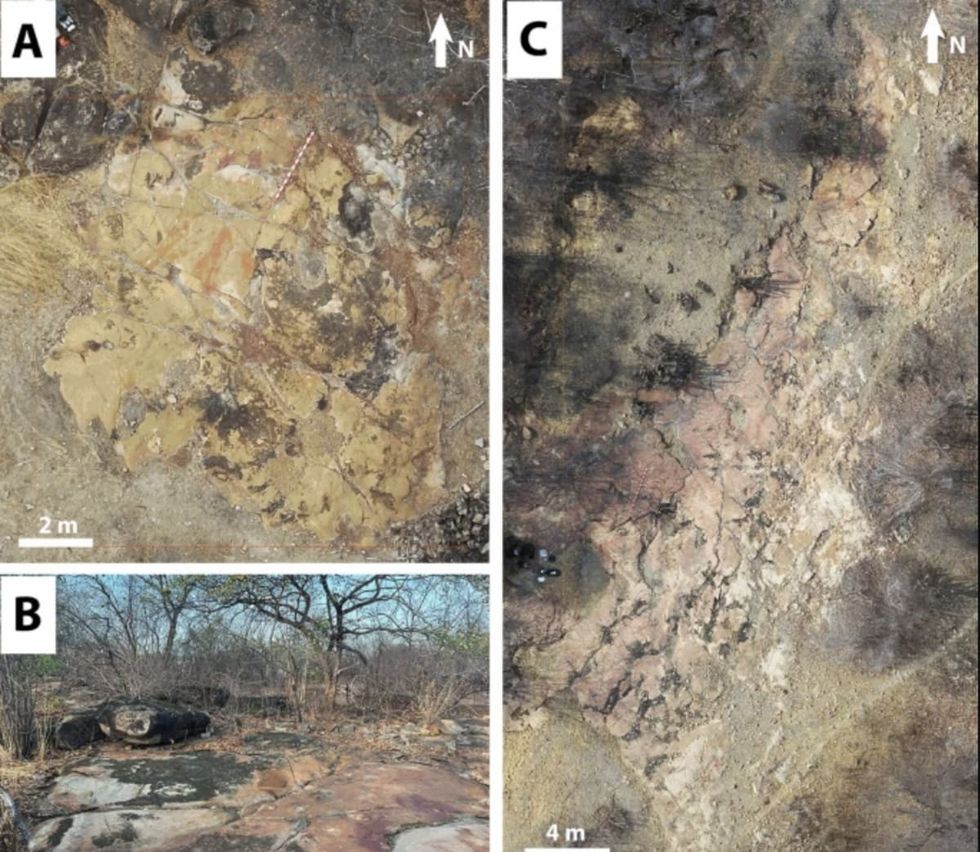 Image frmo Scientific Reports of ancient artwork.Image Source:
Image frmo Scientific Reports of ancient artwork.Image Source: 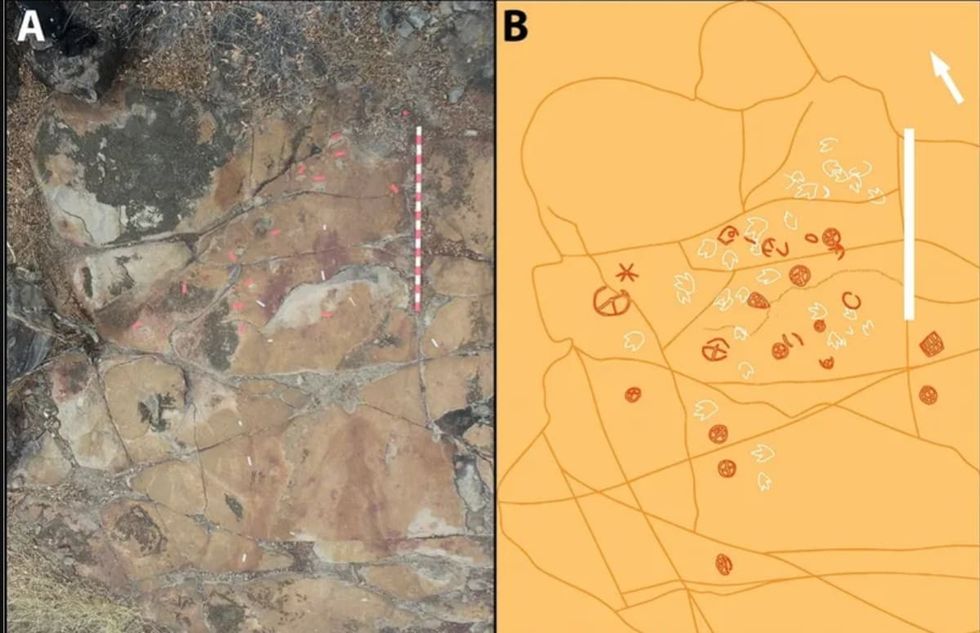 Image frmo Scientific Reports of ancient artwork.Image Source:
Image frmo Scientific Reports of ancient artwork.Image Source: 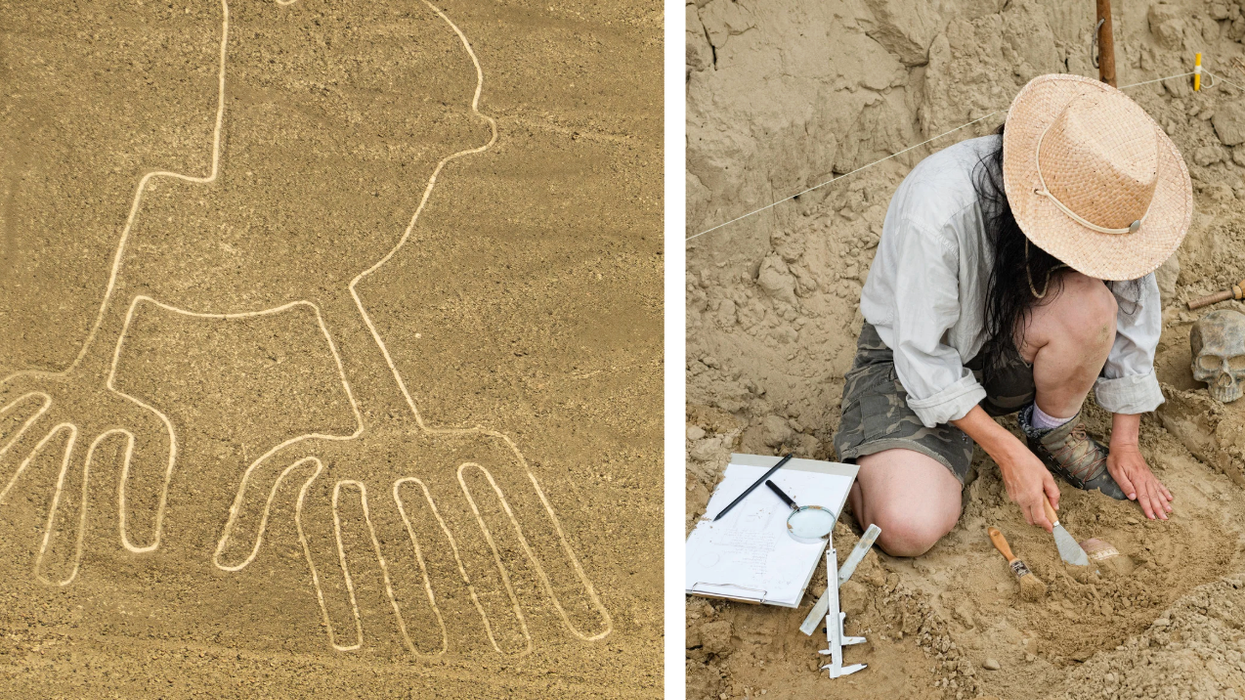

 It's difficult to imagine seeing a color and not having the word for it. Canva
It's difficult to imagine seeing a color and not having the word for it. Canva
 Sergei Krikalev in space.
Sergei Krikalev in space. 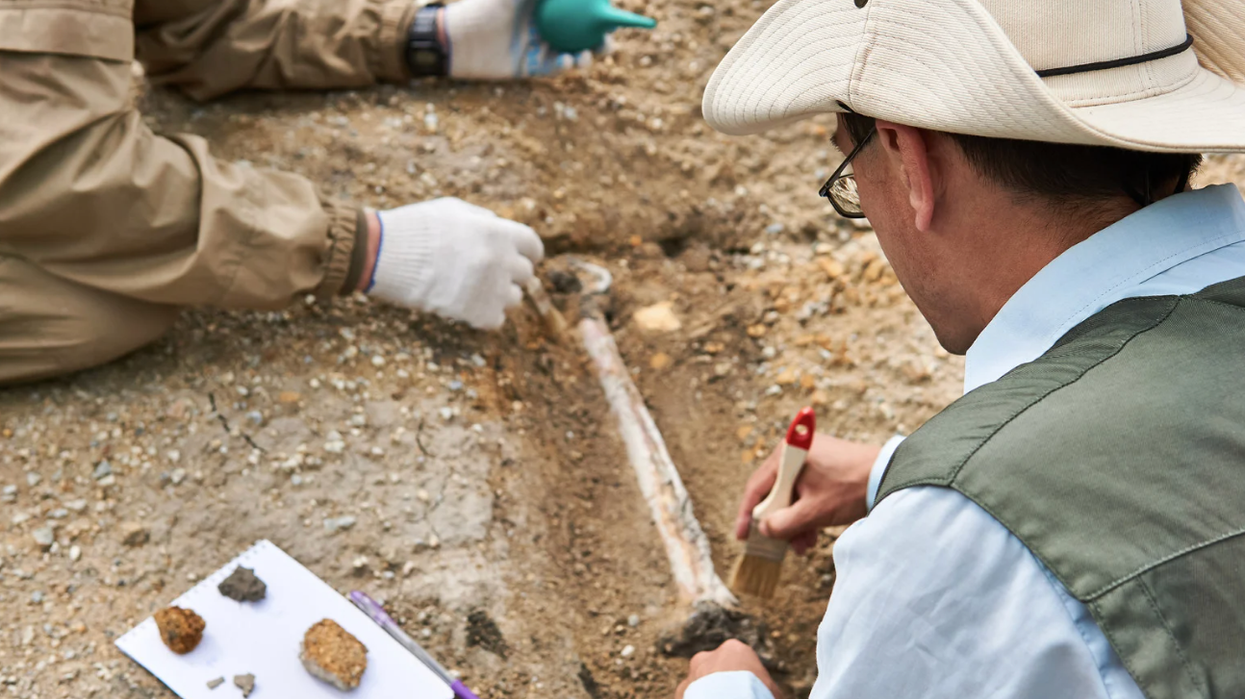


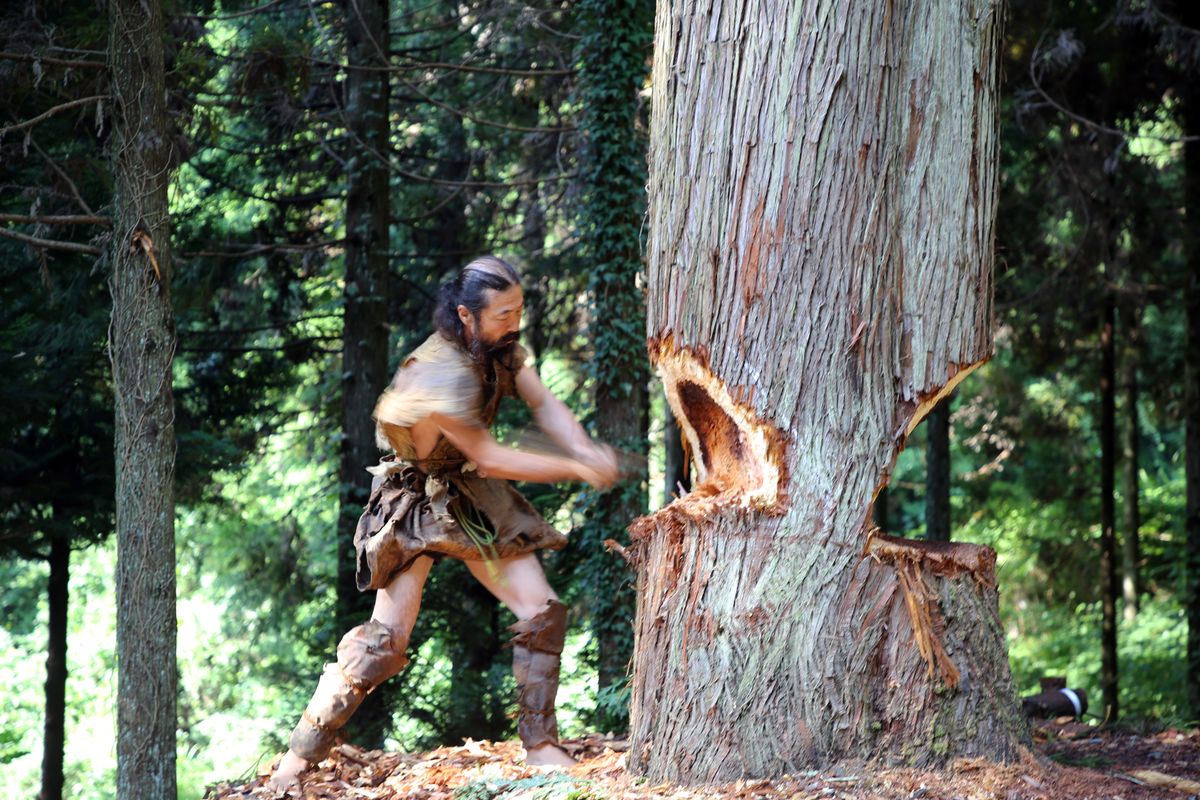 The team also crafted their canoe using ancient methods and Stone Age-style tools. National Museum of Nature and Science, Tokyo
The team also crafted their canoe using ancient methods and Stone Age-style tools. National Museum of Nature and Science, Tokyo The cedar dugout canoe crafted by the scientist team. National Museum of Nature and Science, Tokyo
The cedar dugout canoe crafted by the scientist team. National Museum of Nature and Science, Tokyo